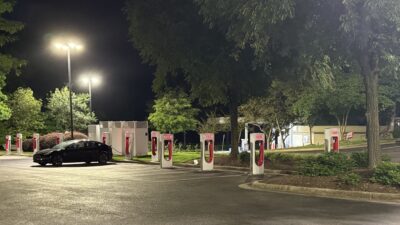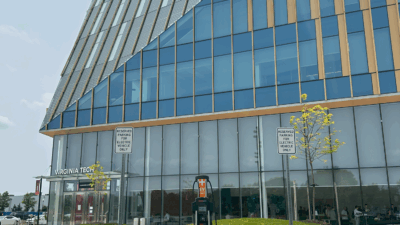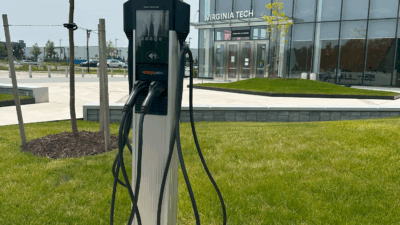For this pumping station application, there are several circuit-protection elements that need to be examined.
A large pumping station uses several 400-hp pumps. Each pump is connected to its own distribution transformer. This transformer is a 1-MVA-rated 12,470 V to 480 V transformer. For this application, there are several circuit-protection elements that need to be examined. First, the transformer inrush must be considered when protecting the transformer on the primary side. Second, the 400-hp motor is a full-voltage start motor and must be protected in a way such that the fuse will not open during starting. Finally, these protective elements must be code-compliant for the transformer as well.
Examining this system, it is noted that the transformer primary will follow a different NFPA 70: National Electrical Code (NEC) table than previously noted: NEC 450.3(A). The calculation for the primary protection shall be:
FLA = 1 MVA/12.47 KV, 3 phase= 46.4 amps
Max fuse = 46.4 amps x 3 = 139 amps
However, it should be noted that the time-current curve (TCC) of an 80E fuse coordinates with the transformer damage curve and inrush current as outlined in Figure 6. For this reason, an 80E fuse was selected.
Next will be the fuse protecting the motor from short circuit and ground-fault conditions, per NEC Table 430.52 and Table 430.250:
FLA of the 400-hp motor at 480 V = 477 amps
Max fuse = 477 amps x 1.75 = 834.8 amps
However, when referring to the TCC, we can see that the 600 amps dual element, time delay class J fuse coordinates much better against the starting inrush of the motor and sits well left of the transformer damage curve.
Another important thing to note is the non-labeled dashed line that sits just to the right of the upper limits of the 400-hp starting curve. This line represents 1.1 x FLA for the motor and is what the overload will be set at. This overload is important, as this is supplementary to our fuse protection and will typically be set at 60 seconds to negate the top part of our LPJ fuse curve.
This system is coordinated and will protect all elements of the system while allowing the pump to start and run without nuisance device clearing.
While each building occupancy poses different challenges, they will all have the same basic protection concerns. These concerns are manifested within the overall building and a more detailed review of critical systems in accordance with the NEC. Arguably, circuit protection is the most complicated NEC concept while also being the most important to aid in the NEC’s mission of the practical safeguarding of persons and property from the use of electricity (NEC 90.1(A))
Stephen Berta is a project consultant at NV5. He has experience in education, hospitality, gaming, and data center projects.



